Basic ideas
Perfect current integrator
To make an integrator, we need a storage ("accumulating") element. In electronics, we usually use a capacitor for this purpose. When we charge it with a constant current, the voltage across the capacitor linearly increases as we want. Thus, the capacitor gives us an idea of time.
Imperfect voltage integrator
In electronics, we usually work with voltages. So we would like to integrate voltage. The capacitor integrates current; so we need to convert the voltage to current. The humble resistor can do this work. Thus we obtain the simplest voltage integrator.
But a problem appears - the voltage across the capacitor is subtracted by the input voltage. As a result, the current decreases and the voltage slows its rate of change.
Perfect voltage integrator
We can solve this problem by a clever trick from life - to compensate the "undesired" voltage drop, we add the same voltage in series... and use it as a "mirror output".
Op-amp inverting implementation
The "integrator topology" known as "op-amp inverting integrator" or "Miller integrator" is based on this idea:
By means of negative feedback, the op-amp produces output voltage that is a "mirror copy" of the voltage across the capacitor and adds it to the input voltage. As a result, the "undesired" voltage drop across the capacitor is compensated and the current does not depend on it; it depends only on the input voltage and the resistor.
Derived circuit principles
Finally, let's formulate general rules for making a perfect inverting integrator:
1. Charge a capacitor with current to feel the time.
2. Copy the "undesired" voltage drop across the capacitor and add the copy voltage in series with the original voltage drop to compensate it.
3. Use the copy voltage as a grounded, buffered and inverted output.
See also
Here are some of my related materials where this idea is revealed in detail:
What is the purpose of the opamp in an integrator circuit? (StackExchange)
How does an op amp integrator work? (StackExchange)
How to Make a Perfect RC-integrator (Wikibooks)
How do we convert the imperfect passive RC integrator into an almost "ideal" op-amp inverting integrator? What does the op-amp do in this circuit? (ResearchGate)

